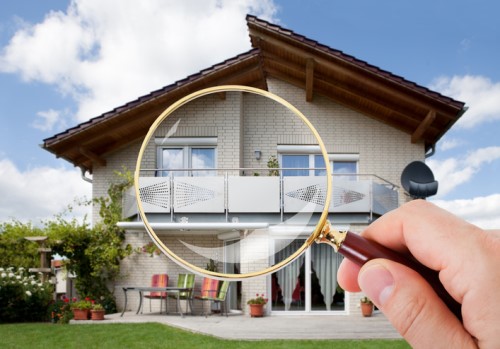

Australian housing values have continued their slow descent, with CoreLogic data revealing the third month of decline as prices dipped 0.6% in July following the 0.7% decline in June.
Notably, regional markets have shown more resilience to falling values, while Canberra and Adelaide were the only capital cities to resist the downward movement – posting growth of +0.6% and +0.1% respectively.
The largest month-on-month falls in July were evidenced in Melbourne (-1.2%) and Sydney (-0.9%).
Despite the slow and steady drop in values, CoreLogic head of research Tim Lawless feels the housing market has remained “relatively resilient” through the pandemic period thus far.
“The impact from COVID-19 on housing values has been orderly to-date, with CoreLogic’s national index falling only 1.6% since the recent high in April and housing turnover has recovered quickly after its sharp fall in late March and April,” he explained.
“Record low interest rates, government support and loan repayment holidays for distressed borrowers have helped to insulate the housing market from a more significant downturn.”
Lawless also highlighted that advertised supply levels have “remained tight”, with the total number of properties for sale down 15.2% from this time last year, while housing incentives from federal and state governments have helped to sustain demand.
However, given that support measures are set to phase out from October and repayment holidays expire March next year, Lawless expects the medium-term outlook to skew downward.
“Urgent sales are likely to become more common as we approach these milestones, which will test the market’s resilience,” he said.
“Similarly, the recent concerns of a second wave of the virus and the potential for renewed border closures and stricter social distancing polices are likely to further push consumer sentiment down. This is likely to weigh on both home buying and selling activity more broadly.”
According to a survey of 1,000 Australians conducted by Budget Direct, the “vast majority” of the group anticipates an average fall in home values of 20% or less over the next three to six months.
As such, nearly 90% of those surveyed communicated they have no intention of buying or selling property in the short term.
However, despite this low level of consumer confidence, other players within the housing market remain optimistic.
Following the release of the median house price data for the June quarter, Real Estate Institute of South Australia (REISA) President Brett Roenfeldt applauded the “amazing resilience” of the state’s property market in the face of COVID-19.
“We must acknowledge and celebrate the optimism and confidence of vendors and purchasers in driving the real estate market forward during these challenging times,” he said.
“It is sensational news that the median price in this quarter is only just down from the record high set in the last quarter of 2019. This quarter captures the full effects of COVID-19 and so the sustained high median price is a clear indicator of the underlying strength and resilience of the South Australian real estate market.
“While the volume of sales is down from the previous quarter, this reflects the lack of stock on the market currently and is an indication of the hesitance of the market to commit to real estate transaction in these uncertain times. However, the median price is also clearly showing that purchasers are still willing to pay premium prices for properties that are realistically and transparently priced,” Roenfeldt said.
However, the story is not the same across the country. It remains to be seen how the stage four lockdown restrictions set to go into effect in Melbourne tomorrow, 5 August, will impact housing market activity within the state of Victoria.
